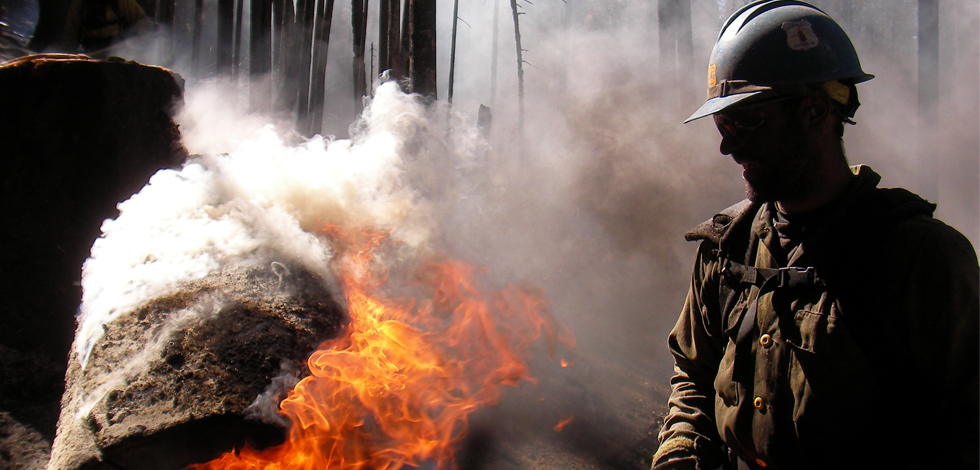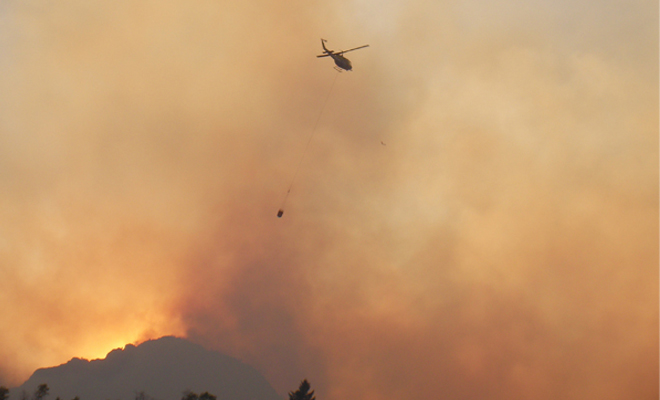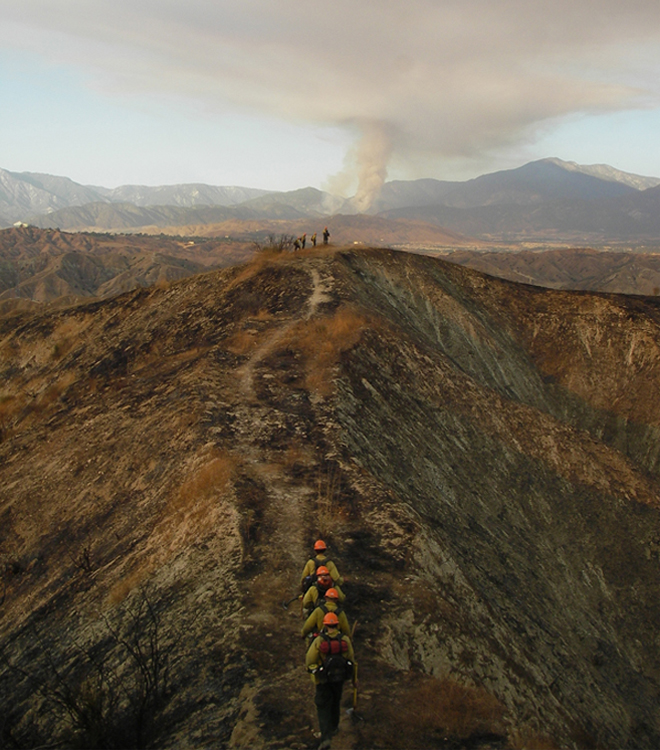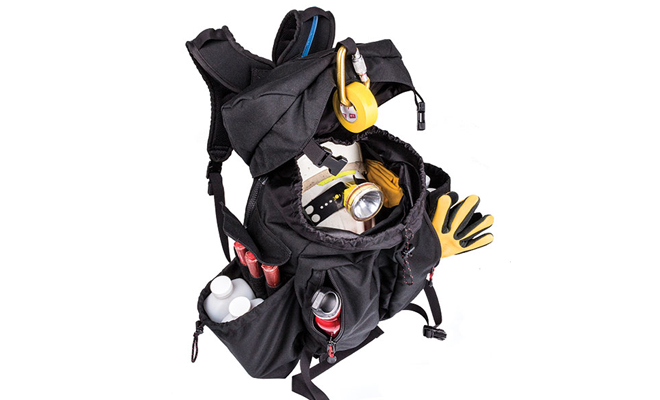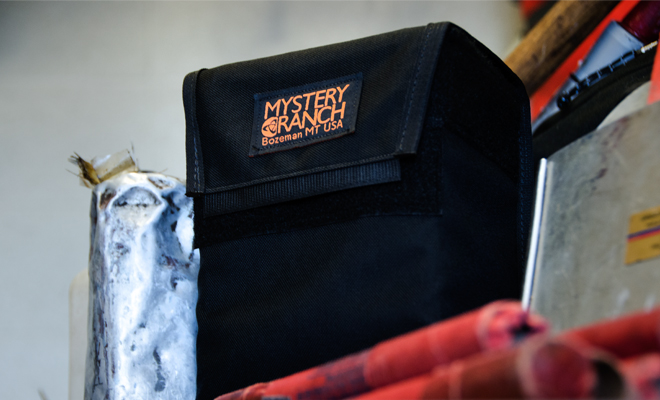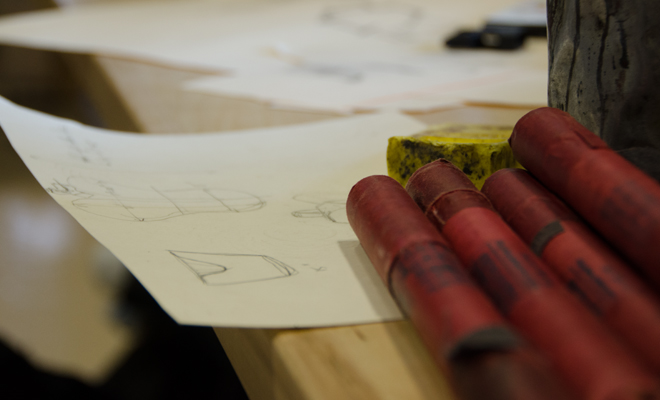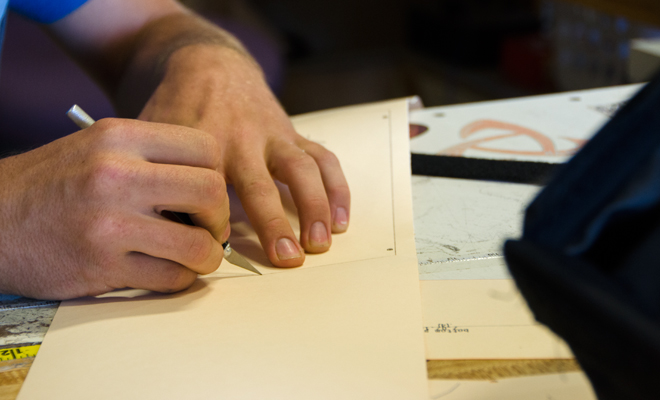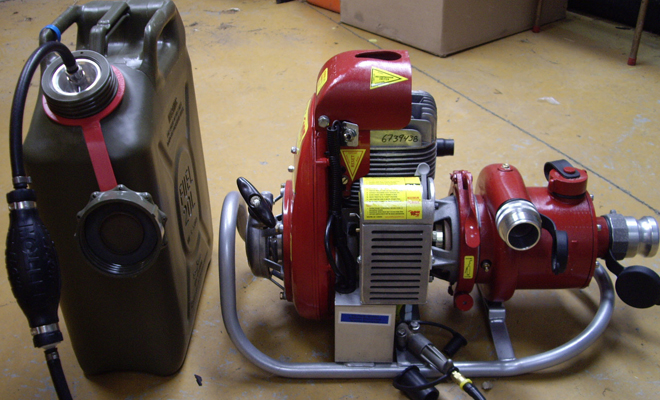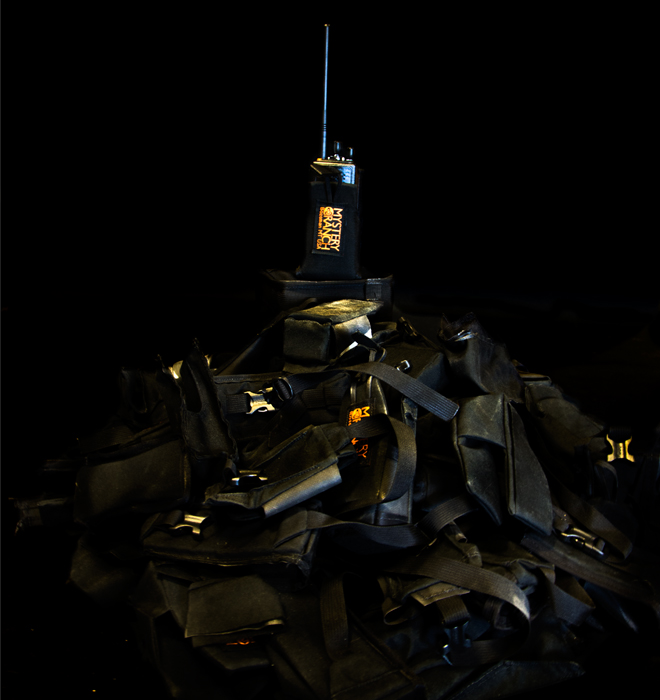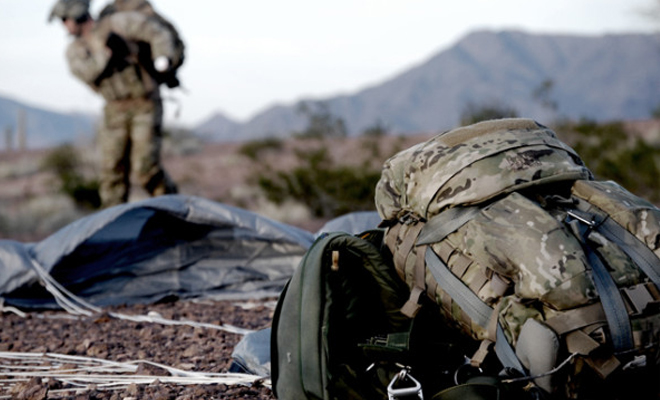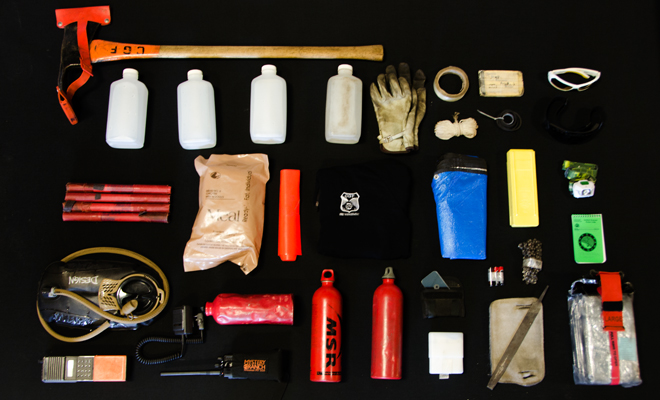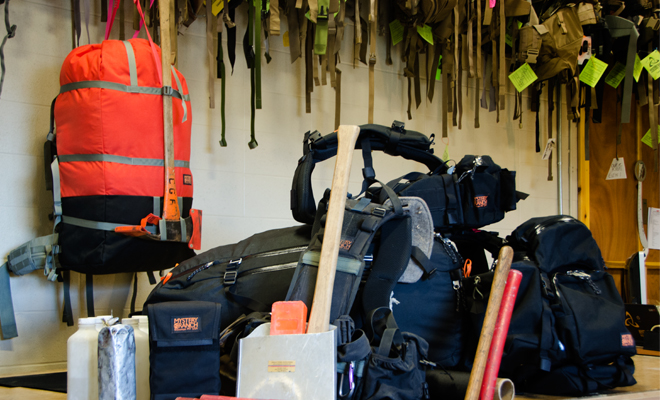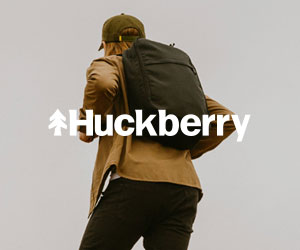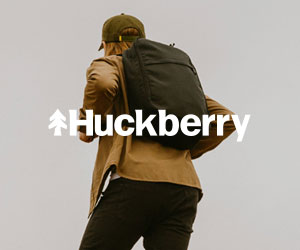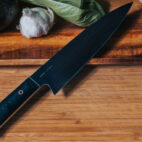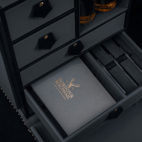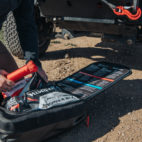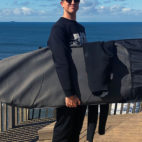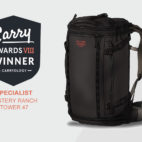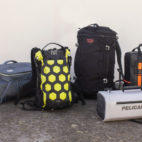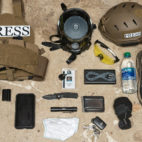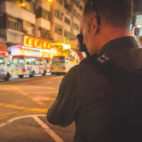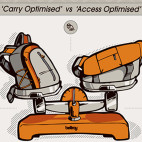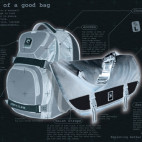Specialist Carry: Firefighter
Firefighters are often the unsung heroes. The few among us who walk shoulder to shoulder with their heads bent against the flames, risking their lives to quell the infernos that threaten to engulf our land and homes. Their profession, teeming with risk, is left solely to the brave and the strong. Their gear, is some of the gnarliest in the world, and for good reason – carry can’t fail in their environment.
And a man who knows about this better than most, is Brian Tai, ex-firefighter and current Fire Line Manager/Designer with Mystery Ranch. We dropped him a line, sat back, and took it all in…
You were a fire fighter for some years, what’s your fondest memory of it?
This question is nearly impossible to answer. There are so many. In memory, often the gnarliest become the fondest. Lots of snapshots and slides stuck in my head. A burning rowboat in an Oregon field being crushed by the contract dozer I was working with. A net full of live caged pheasants hung, stuck by the neck, who’d spooked themselves as we burned past a random cabin at 4am in a canyon bottom somewhere on the east side of San Diego County. That was on the Cedar Fire in 2003. Lost a couple thousand homes on that one, and a fireman.
On my first fire a dozer rolled and did 8 full revolutions down a 45+ degree slope on a grassfire in the Columbia River Gorge. Operator only broke his arm. There were shifts where you’d stop feeling your hands and arms you swung a Pulaski for so long. Days of contour falling timber to rehab.
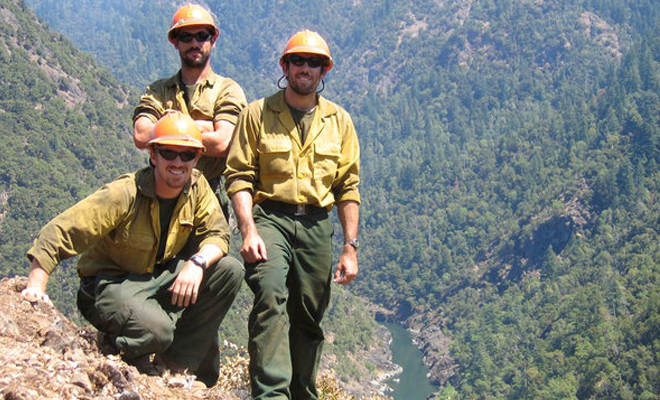 (Brian Tai kneeling on the far left)
(Brian Tai kneeling on the far left)
But really the best memories are the people. My closest friends I met in the fire service, and most are still operational in fire. There’s a brotherhood. The shenanigans were some of the best parts. The whole crew throwing piles of money down to get someone to do something stupid. Chug a big bottle of Tabasco. The 4, 4, 40. That’s a water drinking challenge I’ve never seen anyone finish: 4 quarts of water, in 4 minutes, without puking for 40 seconds after you’re done. Never seen anyone get past 3 and a half without projectile vomiting. Eating hot Italian sandwich meat off the ground with red ants all over it. And it goes on.
Gnarly stuff, gross stuff. Funny stuff. This is how bonds are built. That, hard work shoulder to shoulder, living side by side in both high times and some pretty dreary conditions. Even if I haven’t talked to one of the bros in years, I know I can call up any one of my old crewmembers and crash on their couch when I’m coming through town. You remember the people, and the places you wouldn’t have been in for any other reason in the world, the work, and the fire behavior.
Gnarliest?
Just before the Cedar Fire of 2003 broke out we were working a fire on Camp Pendleton. We were on night shift, and assigned to burn. Somehow I was first on the driptorch, and we started working our way down, burning off what was a five or six blade wide dozer line. The conditions were perfect, wind at our back, our fire running upslope, and that brush was deep, like triple, quadruple overhead, hot October wind and October in CA fuel moistures. We sent a hundred, two hundred foot waves of fire up that mountain all night long, and the radiant heat was so much that nobody from the crew could come through to the front to relieve us. Just my friend Wimpy and I burning through the night, with Bubba directing us, Supt. a little ways above and watching, for 6 or 8 hours stumbling through the brush and clambering over rocks and laying down gas and fire. Burning is hard fast work but there’s so much stoke to it. That was an epic night, an unforgettable night.
What makes an awesome firefighter?
An even temperament, strong work ethic, the fire to go when it’s go time, and keep on going when you’re beat and still working into the next burning period, and the next. A crew quickly becomes a family, one housed in a small, mobile space, and the ability to live with one another is pivotal to how functional that family becomes as they grow into their roles and responsibilities in any given season. Physical fitness and the matter-of-fact intelligence to understand what’s happening in the fire environment are practically givens, but those things can also come from work and effort.
Any phrases that you or your fellow firefighters used to live by?
Two More Chains. A chain is an old unit of measurement that’s used in forestry, and firefighting: 66 feet. It’s how we measure distance in line construction and other fireline operations. But “Two More Chains” can mean a couple of things. It can mean “almost there,” like give it your all, we’re in a sprint to the finish; but often it’s the answer to “how much further?” Which is like asking “are we there yet.” That answer is always “Two More Chains;” whether you’ve been putting saw line through double overhead brush all night long, or working to tie a burn into cold black. On any given shift, even if you can practically touch the ridgeline you’ve been working toward all day, you never truly know when you’re done, or how much further there is to go.
How have firefighting packs changed over the years?
This is a pretty interesting question to me, in particular, as a guy whose livelihood depends on thinking about where our packs have been, and more importantly, where they are, and where they could go. Fire packs are commonly referred to as “Line Gear.” Line gear used to be a variation on a military web belt, with shoulder harnessing and buckles to attach a larger pack. It was yellow and can still be bought through GSA. Fire packs are still often referred to as “web gear” and this is an excellent description of what they are: bags with a lot of 2” web harnessing, poorly padded, with no structure. This works all right when you’re carrying 15, maybe 20 lbs. But when you got up toward fifty, there were all sorts of problems.
At some point fire packs made a shift toward large lumbar packs. This remains the industry standard today. In the eighties and nineties a company called Eagle Gear was the go-to for most Hotshot crews, and really commercialized the large lumbar pack design. This design has been the style in the Smokejumper world for a long time too. They build their gear themselves. Ergonomically the lumbar pack makes complete sense, keeping the bulk of the weight and center of gravity on the hips and low back.
Fighting wildfire is a pretty active profession, and a lot of time is spent bent at the waist, for hours at a time. Swinging a Pulaski, running chainsaw, moving logs, throwing brush, running a driptorch or dragging a fusee along the ground. Plus, the low pack also allows more ventilation of the back. That said, a lumbar pack has its design challenges. And those challenges grow when you’ve got end users putting upwards of fifty pounds in a fanny pack. The load a Hotshot carries has changed too. The average weight of gear in a fire pack has risen over time. On my crew, our Swampers each carried six fuel bottles in addition to their six quarts of water, fire shelter, and the rest of their basic required gear. These packs would weigh in over 50 lbs no problem. Those guys were basically walking gas stations.
I try to say it without bias, but Mystery Ranch caused a paradigm shift in fire packs. Structure, good thick foams, adjustable harnessing, bomber durability, a slightly higher ride; “web gear” couldn’t apply. That’s reflected in the number of Hotshot crews who now use our gear.
When did you first start consulting for Mystery Ranch?
Consulting isn’t quite the right word, but I’m not sure what is. In 2004 I was on the Los Padres Hotshots. My Superintendent, Stan Stewart, looked at me and said “hey kid, we need new packs, figure it out.” I told him I didn’t think anything available on the market was good enough, for us or the job we did. I asked if I could try to make something happen, and he said Ok, but it was on me to make it happen. Bottom line was that we needed new gear by the following season. I called up Mystery Ranch, whose pedigree I knew from Dana Design, somehow got Dana on the phone, and ran my mouth well enough for long enough that I got his attention.
I remember him saying “sounds more interesting than building 20 lb packs for yuppies!” and over the next year Dana and I would have conversations, he’d send a prototype he’d built, I would test it and flag it with critique and send it back to him. About a year later we got the first load of packs for the crew, and it was a hell of relief when the guys, and Stan, liked them. My ass was on the line there. After that my job was done and my boss was happy. We used them in 2005. There was one revision the next winter, when he sent me a proto with the belt system that’s now on the current packs. So not a consultant really, but the end user working to make our lives a little better, a little more comfortable.
I didn’t come to work for the company until late in 2008….but that’s another story.
What drew you to pack design?
I’ve always thought about gear and equipment and ways it could be better. I grew up in a world of gear, my dad was a ski coach and I was a serious racer, and we spent plenty of time in the mountains. In college I majored in art, sculpture to be specific, while working fire in the summers and paying for school. Believe me, I got plenty of flak for that on the fireline. When I started fighting fire I knew pretty immediately how archaic the gear was. From there it was a matter of opportunity and effort that led me to Mystery Ranch and where I am now.
What flammability requirements are there with your gear?
For Federal fire agencies, there aren’t any. That said, we use Nylon 6,6 cordura in 1000 and 500 deniers. 6,6 has a much higher melting point than nylon 6, which some other manufacturers use.
However, CalFire requires NFPA 1977 compliance for load carrying equipment, and currently their firefighters can’t use our packs. NFPA 1977 essentially requires that the pack survive 5 minutes in an oven at 450 degrees F with no melting, dripping, or separation, and with the buckles that attach the bag to the firefighter (belt and chestier) still functional. Idea being that, if you’re in trouble, you can get the damn thing off and the plastic hasn’t melted closed. For over two years now we’ve been working toward ISO 9001 certification, which is a prerequisite for NFPA cert. This is huge for us, and driven by the fact that CalFire folks have been calling and asking, loudly, that we get NFPA cert. More on that later, but we are very close….which is exciting for us, and is an example of Mystery Ranch’s commitment to the fire community.
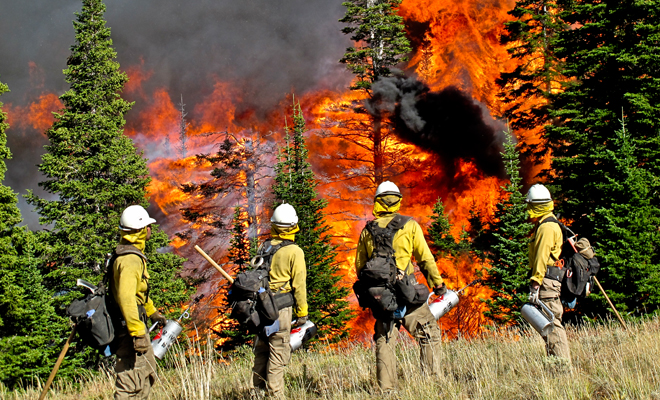 (photography by Matthew Irving)
(photography by Matthew Irving)
Do you try and deal with ventilation around packs, or just avoid saturation of your pack?
Ventilation is key, and saturation is something that pretty much can’t be avoided on the fireline. You’re sweating from the second you start moving and working, and everything ends up saturated: pack, pants, yellow shirt, cotton uniform tee, your underwear and your socks, the sweatband on your hardhat. Then dirt and ash mix in, and it all dries to a crust. The current solution is to limit coverage, which was one of the advantages to old line gear. Our Hotshot yoke is 2” narrower than the yoke we use on all our other bags, rec, mil, hunting etc., and as narrow as we can make it without sacrificing structure and support. Beyond that, we use the best breathable wicking materials, and foams that allow heat and moisture to dissipate.
What are the most awkward tools firefighters carry?
Oh, the list is pretty long. Mark III pumps (pumps of any kind really but these are some of the worst), drip torches, jerry cans (5 gal gas can), rolls of hose, dolmars, cubees, which is five gallons of water in a cube shaped cardboard box….chainsaws are standard so they’re not considered awkward, but a 20+ lb machine with sharp teeth and dogs, packed over your shoulder for days on end through crappy ground and up mountains would count as awkward to most non-fire folks. The pack itself, if it’s not a good one, can be pretty awkward. 40-50 lbs in an oversized fanny pack with a fire shelter the size of a loaf of bread hanging from it. That’s what we’re in the business of, finding solutions that turn the otherwise awkward into comfort and high function.
What are some things most people would not realize about the job?
Just how boring it can be sometimes. There’s a lot of downtime, a lot of hurry-up-and-wait.
Can you pick your own gear, or do you get issued gear?
Some form of gear is issued to all federal firefighters, though depending on the crew, and the boss really, they will let folks buy and wear their own if they want something other than what’s issued. This has worked well for us, because it has often led to that foreman purchasing our packs when guys start spending their own dollars on a more expensive piece of equipment.
How many brands are targeting product to firefighters’ needs?
Quite a few. They align along specific gear types. The companies, for the most part, are fire specific. Either they’re making packs, or boots, or PPE (apparel). A few cross over these niches. The industry is so specific that in some ways it’s rather insular.
Do you look through carry product for military and other crazy applications to see if there’s stuff you want to try?
I definitely keep an eye on other markets for ways they execute. The one I look at most often is the outdoor industry. In many ways it’s the most progressive, and the innovations in our industry specific markets, mil and fire for certain, come from outdoor bleeding over or being pulled through. Mystery Ranch is an excellent example of bringing outdoor innovation to industrial markets.
How important are your base layers for pack comfort? We can imagine they’d rub…
Yeah, they rub. But they are what they are, and required: underwear, nomex pants, belt, cotton tee shirt, nomex shirt. There’s minimal variation, but the better pants are like gold in the field. And then everything gets dirty for days on end, and stiff, and chafes worse. With our old Eagle packs on the Hotshot crew, we would have raw bloody armpits after a long shift, from the combination of pack straps and layers and dirt and digging.
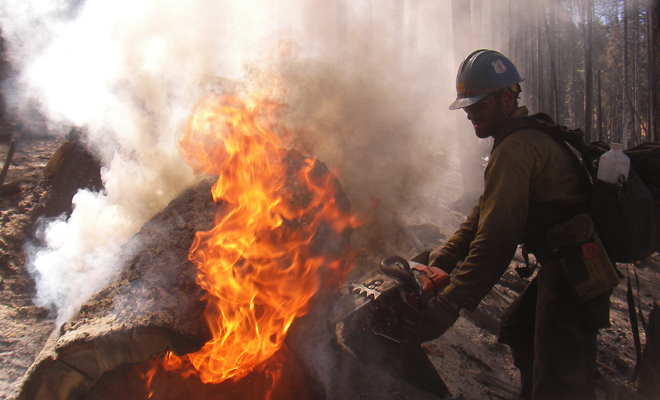 (photography by Lane Lamoreaux)
(photography by Lane Lamoreaux)
What are the bits that still suck with firefighting carry gear?
The fire shelter is and likely always will be one of the biggest challenges to design around. It’s a dense, heavy piece of weight that needs to be immediately accessible with one hand. The industry standard is to either hang it on the bottom of the pack or on the belt. Either way it rubs and chafes, the back of the thighs, the ass, the hip.
Any stories of gear being awesome or sucking in the line of fire?
The bloody armpits is a pretty good example. But the abrasion and blood and bruising would(n’t?) be limited to the armpits. You’d get that on your hips, delts, the back of your knees, the back of your thighs, your ass. Our old Eagle gear had some ridiculous things to it. The 2” strap that ran up to the yoke attached to the pack with a plastic 2” QR buckle. That would explode at exactly the wrong time and all of a sudden your pack is halfway down your legs or on the ground. There was also a piece of hardware at the top of that strap, where it met the shoulder pads in the middle of your back that would dig a hole in guys.
Did you ever have to ditch your carry gear in a hurry?
Not operationally, thank god. We would run practice shelter drills and have to ditch our gear and grab our shelter and run to a deployment zone, but that only ever happened in training. That’s one of the few scenarios where you would ditch your pack. Other emergencies, rolling rocks, widowmakers, snags, helicopter drops or tanker drops, you don’t have time to ditch your gear, it’s got to move with you and you’ve got to move fast. I’ve run from plenty of rocks and buckets drops and tanker drops…but always with the monkey on my back.
What are the price points (a range) for carry gear items for firefighting?
Currently the high end for a full size handcrew pack is $300, before accessories. Engine gear is more minimal and cheaper, you can get the super low end stuff for under $100. But if you’re fighting fire consistently and professionally, that’s the last thing you want to wear.
Can you take a photo of all your gear that you’d take out with you?
1st row: Pulaski, FSS Govt Issue QT canteens, Govt issue leather gloves, fiber tape, P-Cord, notebook, spare gaskets, sunglasses, Smith Boogie goggles
2nd row: Fusees, MRE, roll of high viz for working with rotors, warm layer (merino), space blanket, wedges, headlamp
3rd row: 3QT CamelBak reservoir, fuel bottles, signal mirror, spare batteries, chainsaw chain, IRPG (Incident Response Pocket Guide)
4th row: BK Radio, handmic, KNG radio, first aid kit (govt issue), saw pad, file, fire shelter
What is the most commonly used item that is tucked away in your pack? Is it easy to access this item on the fly?
Water. Nearly all fire packs have open side pockets that each fit 2 or 3 quarts so they’re easily accessible. Plus CamelBak compatibility if that’s how you want to carry H2O.
What do you personally look for in good carry?
Design specific to the purpose, smart, useful, intuitive features, enough support for the intended load that I don’t notice there’s a load problem, if you know what I mean. Simplicity in execution. Functional design is generally handsome design; if it works good, it usually looks good.
Any rad developments happening with MR and their fire gear?
Yep, we’ve got some good things coming down the pipeline…a full featured big duffel bag for cargo, with garageable backpack straps and haul handles to make it sleek and streamlined for helo or plane travel…a second Hosepack model for progressive hoselays that deploys out the bottom and has a lanyard cable release to drop the lateral so you never have to take the pack off your back…but the most innovative is still too deep in development to share specifics. Think fire shelter carry solutions…
All that said, the biggest development here at MR is on the organizational level. We are just beginning our final audit for ISO 9001 certification. ISO is a Quality Management System that we’ve been working toward for over 2 years, at no small expense to the company in terms of both dollars and time. The end goal of ISO is that it is the prerequisite for NFPA certification. This has all been spurred by the fire community: CalFire is a top notch, very large, and very diverse fire agency. They require NFPA certification on load carrying equipment for their firefighters, who currently can’t legally use our gear. But they’ve been calling us and asking us for years to take these steps so they can legally use our packs. The commitment the company’s shown to the fire community by taking these steps is impressive, and awesome. We want every firefighter out there to be able to use our packs.
What would you be if you weren’t doing what you’re doing?
Oh man, probably still on the fireline, digging ditches, chopping roots, falling trees, spraying water, throwing brush, sleeping in the dirt.
(*Note: feature image photography by Lane Lamoreaux)





 Carry Awards
Carry Awards Insights
Insights Liking
Liking Projects
Projects Interviews
Interviews
